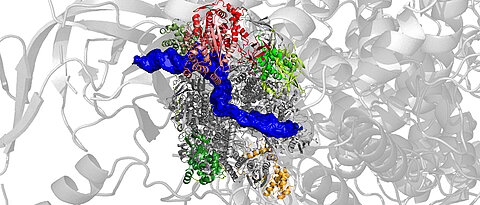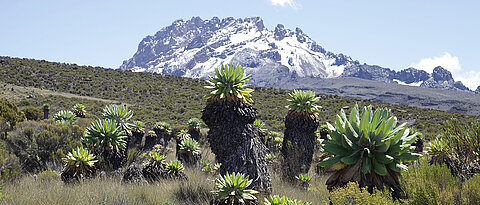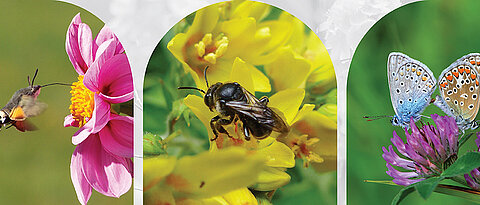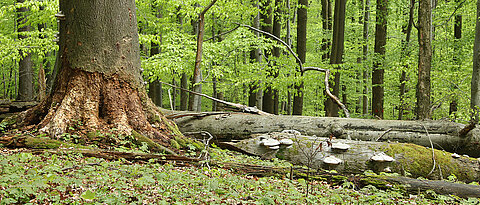How Poxviruses Multiply
09/23/2021
Poxviruses have found a unique way of translating their genes into proteins in the infected organism. A team of researchers from Würzburg shows for the first time how the molecular machinery involved works at an atomic level.
more











